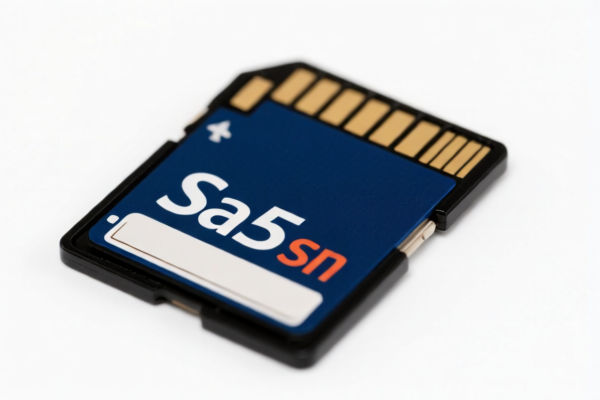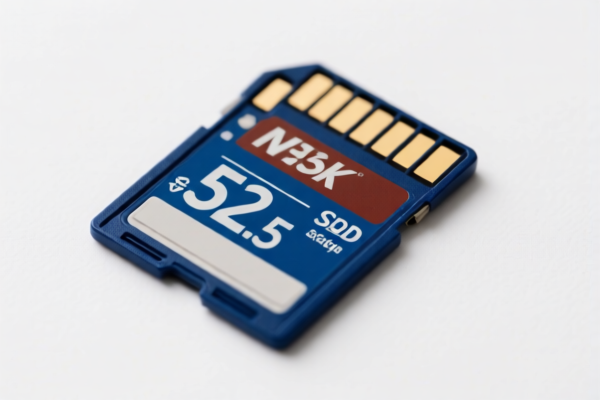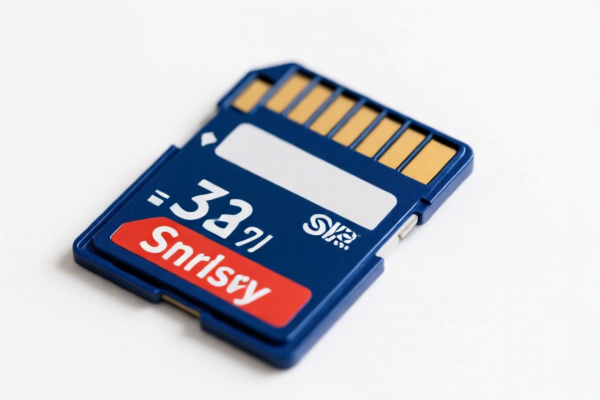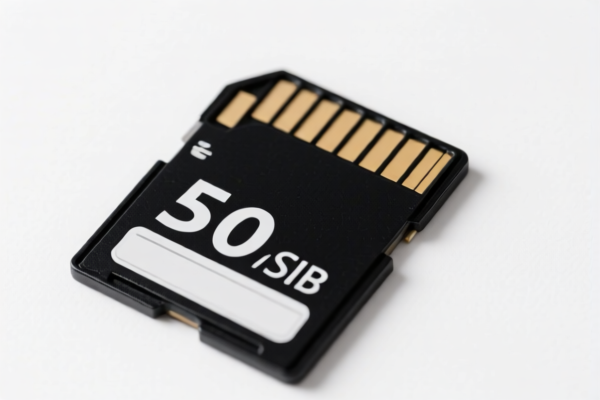| HS Code | Official Doc | Tariff Rate | Origin | Destination | Effective Date |
|---|---|---|---|---|---|
| 8523510000 | Doc | 37.5% | CN | US | 2025-05-12 |
| 8523590000 | Doc | 55.0% | CN | US | 2025-05-12 |
| 8543708000 | Doc | 55.0% | CN | US | 2025-05-12 |
| 8543906800 | Doc | 55.0% | CN | US | 2025-05-12 |




Solid State Drive Conversion Card
A solid state drive conversion card (often referred to as an SSD adapter, enclosure, or caddy) is a hardware device that enables the use of a solid state drive (SSD) in a system or application for which it was not originally designed. These cards bridge the interface and physical connection differences between the SSD and the host system.
Material
Conversion cards typically consist of the following materials:
- Printed Circuit Board (PCB): The core component, housing the electronic circuitry for interface conversion. Commonly FR-4 epoxy laminate.
- Connector(s): These provide the physical interface to both the SSD and the host system. Materials include plastics (for the housing) and metals (typically gold-plated alloys for conductivity and corrosion resistance) for the pins and contacts. Common connectors include SATA, NVMe (M.2), PCIe, USB.
- Enclosure (Optional): Many cards include an enclosure, typically made of aluminum alloy, plastic, or a combination of both. Aluminum provides heat dissipation.
- Chipset: A small integrated circuit that manages the data transfer protocol conversion. Silicon-based.
Purpose
The primary purpose of an SSD conversion card is to provide compatibility and flexibility in utilizing SSDs. This is useful in several scenarios:
- Upgrading Older Systems: Allow the use of modern SSDs in systems that only support older storage interfaces (e.g., IDE to SATA).
- External Storage: Turn an internal SSD into a portable external drive via USB.
- Testing and Development: Facilitate easy testing of SSDs in various environments.
- RAID Configurations: Enable the use of SSDs in RAID setups where direct compatibility is lacking.
- Capacity Expansion: Add SSD storage to systems with limited drive bays.
Function
The function of a conversion card is to perform the following:
- Interface Conversion: Translate the data transfer protocol between the SSD (e.g., SATA, NVMe) and the host system (e.g., USB, PCIe, IDE).
- Physical Adaptation: Provide a physical connector that matches the host system's interface.
- Power Management: Supply the necessary power to the SSD.
- Signal Integrity: Maintain the quality of the data signal during transfer. Some higher-end cards include signal amplifiers or equalization circuitry.
- Heat Dissipation (Optional): Some cards incorporate heat sinks or fans to manage the heat generated by the SSD.
Usage Scenarios
- Desktop PCs: Adding an M.2 NVMe SSD to an older motherboard lacking an M.2 slot.
- Laptops: Replacing a traditional hard drive with an SSD using an adapter that fits the laptop's drive bay.
- Servers: Integrating SSDs into RAID arrays or expanding storage capacity.
- External Drive Creation: Converting an internal SSD into a portable USB drive for data backup or transfer.
- Gaming Consoles: Upgrading the storage capacity of a gaming console (compatibility varies by console model).
- Industrial Applications: Utilizing SSDs in embedded systems or specialized equipment.
Common Types
- SATA to USB Adapter: Converts a SATA SSD/HDD to a USB interface (USB 2.0, USB 3.0, USB 3.1, USB 3.2, USB4).
- M.2 to SATA Adapter: Allows the use of an M.2 SATA SSD in a SATA drive bay.
- M.2 to NVMe Adapter: Adapts an M.2 NVMe SSD for use in a PCIe slot or a SATA interface (with limitations).
- M.2 to PCIe Adapter: Enables the use of an M.2 NVMe SSD in a PCIe slot for maximum performance.
- IDE to SATA Adapter: Allows the use of a SATA SSD in a system with an IDE interface.
- 2.5" SATA to USB Enclosure: Houses a 2.5" SATA SSD and connects via USB.
- NVMe to USB Adapter: Connects an NVMe SSD directly to a USB port (typically USB 3.1 Gen 2 or higher for adequate speed).
- U.2 to PCIe Adapter: Allows use of a U.2 SSD in a PCIe slot.
The declared goods, a solid state drive conversion card, fall under the category of media for the recording of sound or of other phenomena, whether or not recorded. These cards facilitate the storage of digital information, functioning as non-volatile storage devices. They are used in various applications requiring data storage and transfer, such as computers, cameras, and portable devices.
The following HS codes are relevant:
- 8523510000: Discs, tapes, solid-state non-volatile storage devices, "smart cards" and other media for the recording of sound or of other phenomena, whether or not recorded, including matrices and masters for the production of discs, but excluding products of Chapter 37: Semiconductor media: Solid-state non-volatile storage devices. This code specifically covers solid-state non-volatile storage devices. The total tax rate is 37.5%, comprising a base tariff of 0.0% and an additional tariff of 7.5%, increasing to 30% after April 2, 2025.
- 8523590000: Discs, tapes, solid-state non-volatile storage devices, "smart cards" and other media for the recording of sound or of other phenomena, whether or not recorded, including matrices and masters for the production of discs, but excluding products of Chapter 37: Semiconductor media: Other. This code covers other types of media for recording, excluding semiconductor media. The total tax rate is 55.0%, consisting of a base tariff of 0.0% and an additional tariff of 25.0%, rising to 30% after April 2, 2025.
Note: The distinction between 8523510000 and 8523590000 hinges on whether the solid state drive conversion card is classified as a "Semiconductor media: Solid-state non-volatile storage devices" or "Other". It is important to verify the material composition of the card to determine the correct HS code.
Customer Reviews
No reviews yet.